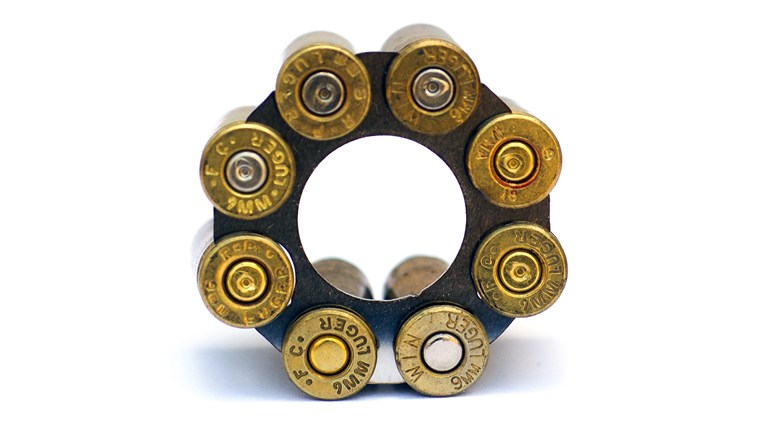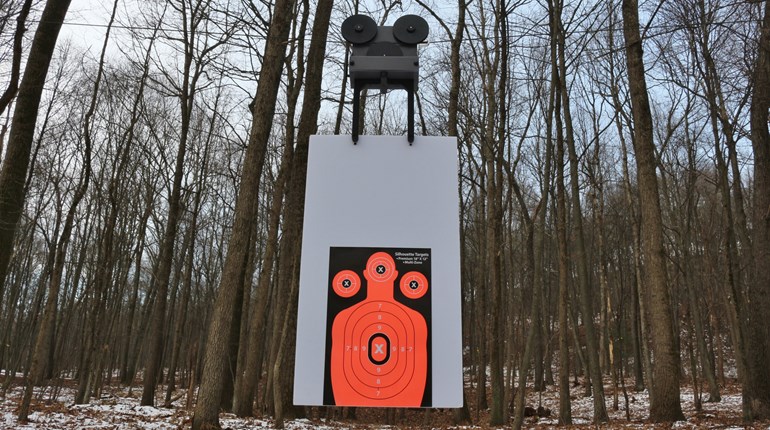
When we think about the great outdoors, it’s easy to conjure up images of towering trees, sprawling meadows, and the serenity of a star-filled sky. But ask any experienced outdoors enthusiast, and they’ll tell you the truth: The wilderness isn’t just a place to unwind; it’s a workshop. For those of us who revel in the outdoors, crafting tools in the field isn’t just about survival; it’s about connecting with the land in a way that hearkens back to our ancestors, blending ingenuity with resourcefulness. It allows us to sharpen not just our knives, but our creativity, adaptability, and self-reliance.
A Mindset for Crafting
Before we dive into the nuts and bolts (or should I say sticks and stones?) of outdoor tool development, it's important to establish the right mindset. Tool crafting in the wild isn't about making your life easy; it's about making it possible. Whether building a simple snare, carving a fishing spear, or fashioning a cooking implement, the process requires patience and creativity.
The first step is to assess your surroundings. What resources are readily available? Hardwood trees like oak or hickory might offer materials for sturdy implements, while softer woods like willow are more pliable and better suited for crafting specific shapes. Rocks, bones, and even plant fibers can be turned into indispensable tools if you know how to use them. It’s also vital to understand that outdoor toolmaking is a skill built over time. The first bow drill you carve might take hours and may not work perfectly, but that’s okay. Each project builds your expertise and strengthens your connection to the environment.
Stone Age Technology for the Modern Outdoorsman
The most primitive tools are often the most ingenious. Sharp-edged rocks can become knives, scrapers, or even arrowheads with a bit of patience. Look for flint, obsidian, or similar materials which can be used to create a razor-sharp edge. Even in today’s era of steel-forged blades and multi-tools, there’s a certain magic to wielding something you’ve created with your own hands. A stone blade may not replace your EDC knife, but it’s a great backup, and it feels like holding a piece of history.
Stone tools extend beyond cutting implements. Large, flat rocks can serve as grinding surfaces for processing food, while heavier stones can be turned into hammers or clubs. The beauty of stone tools lies in their simplicity; they remind us that, even without modern conveniences, humans have always found ways to adapt.
Sticks, Strings, and Ingenuity
Wood is one of the most versatile materials you can work with in the field. Whether you’re crafting a walking stick, a cooking spit, or a shelter support, the right piece of wood can make or break your project … literally! Pay close attention to the condition of the wood you choose. Greenwood (freshly cut) is more flexible and easier to shape but may shrink as it dries, while seasoned wood is harder to work with but offers greater stability.
One example of a rewarding woodcraft project is making a bow drill for fire-starting. This ancient method of creating fire relies on friction, and constructing your own bow drill set is a lesson in both patience and problem-solving. You’ll need a straight stick for the spindle, a sturdy piece of wood for the hearth board, and a slightly bent stick with cordage for the bow. Watching smoke curl up from the friction of your handmade tools is quite a rewarding experience.
Speaking of cordage, don’t underestimate the importance of string-like materials in toolmaking. In a pinch, plant fibers, vines, or even strips of bark can be twisted into surprisingly strong cordage. This natural “string” can be used for everything from tying shelter supports to crafting traps and snares. If you’re feeling adventurous, try making a fishing line using bark fibers and pairing it with a hook carved from bone or a thorn. It might not be your quickest route to dinner, but it’s a reminder of how resourceful humans can be.
Primitive Meets Modern
While developing tools in the outdoors often focuses on natural materials, there’s no rule that says you can’t incorporate a little modern convenience. A small, portable metal file or a multi-tool can be a game-changer, allowing you to refine your creations with precision. If you’ve ever tried to carve a notch into hardwood using only a sharp rock, you’ll understand the appeal.
In survival scenarios, scavenged metal can also be repurposed into tools. Old cans, bits of wire, or other scrap metal can be fashioned into cutting implements, fishing hooks, or even crude hinges for an improvised door. The key is to see potential in what others might dismiss as trash, as every piece of material has value in an outdoor survival scenario.
Learning Through Experience
As with any skill, tool development in the outdoors takes practice. The first time you try to carve a spoon from a piece of wood, it might resemble something closer to a pointy lump than an actual utensil. That’s okay! The process is as much about learning as it is about the final product. One of the best ways to hone your skills is to practice in low-pressure situations. Try crafting a few simple tools on your next camping trip or during a backyard adventure. With no urgent need to succeed, you’ll find it easier to experiment and refine your technique. Plus, it’s a fantastic way to introduce others to the skills you’re working to perfect.
The Beauty of Handmade
At its core, developing tools in the outdoors isn’t just about utility; it is about creativity, resilience, and the satisfaction of making something with your own two hands. It’s about reconnecting with a way of life that’s as old as humanity itself. Whether you’re fashioning a snare to catch dinner, carving a mallet to drive stakes, or simply whittling a spoon to stir your campfire stew, every project brings you closer to the land and its rhythms.
So, the next time you head into the wilderness, take a moment to look at the materials around you. The trees, stones, and sticks that surround you aren’t just part of the scenery; they’re part of your toolbox. And as you shape them into something new, you’ll find that the experience shapes you in return.






































